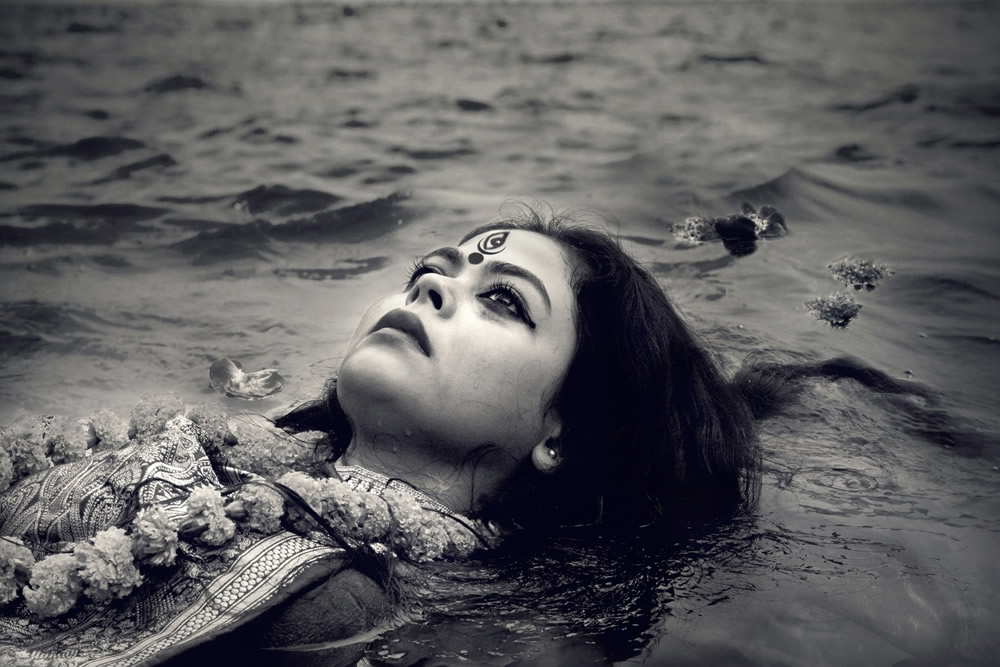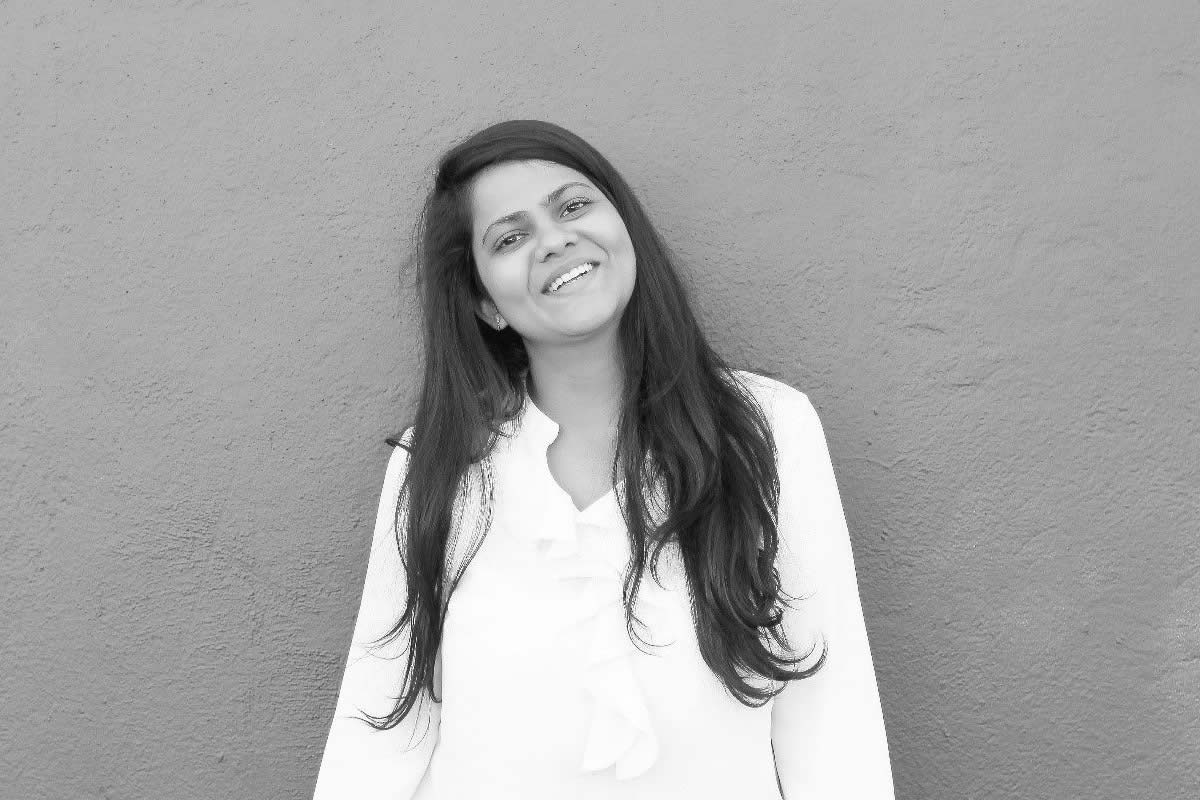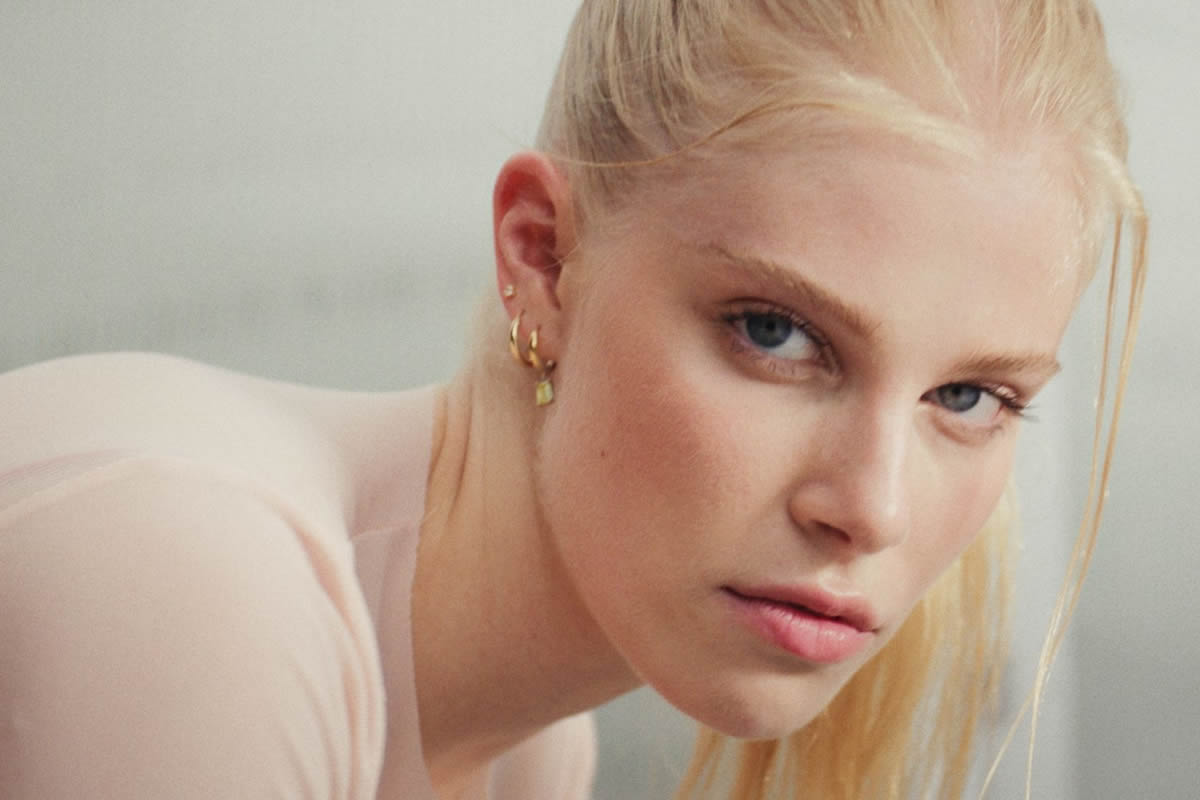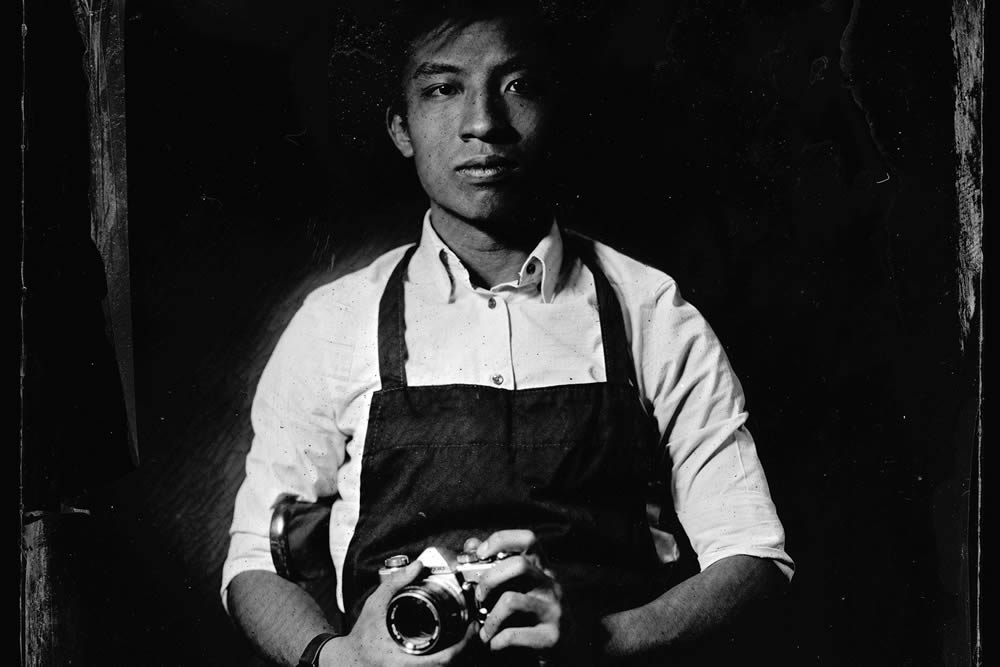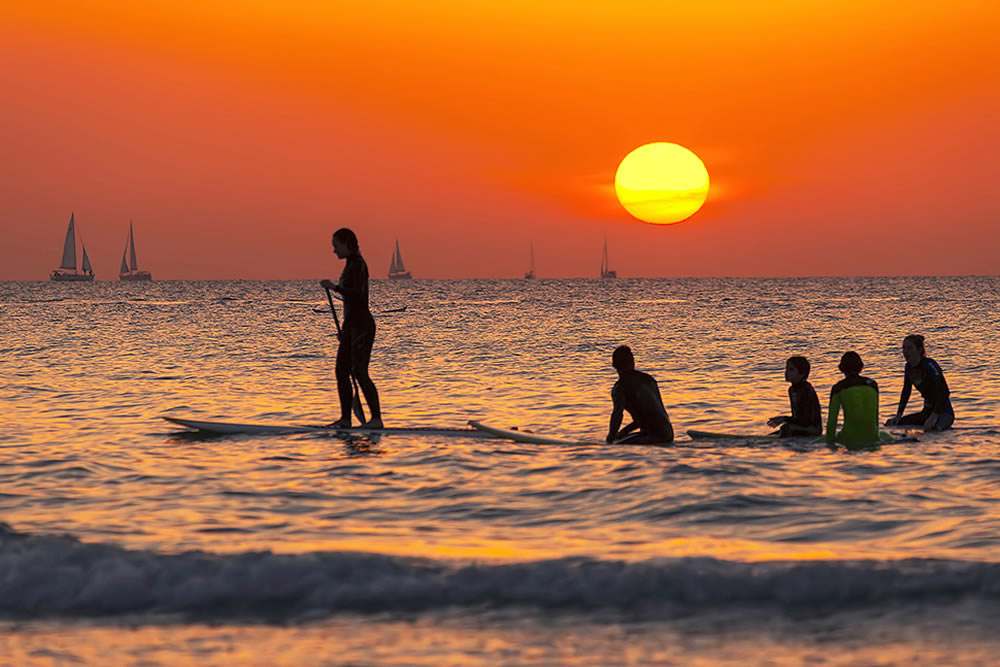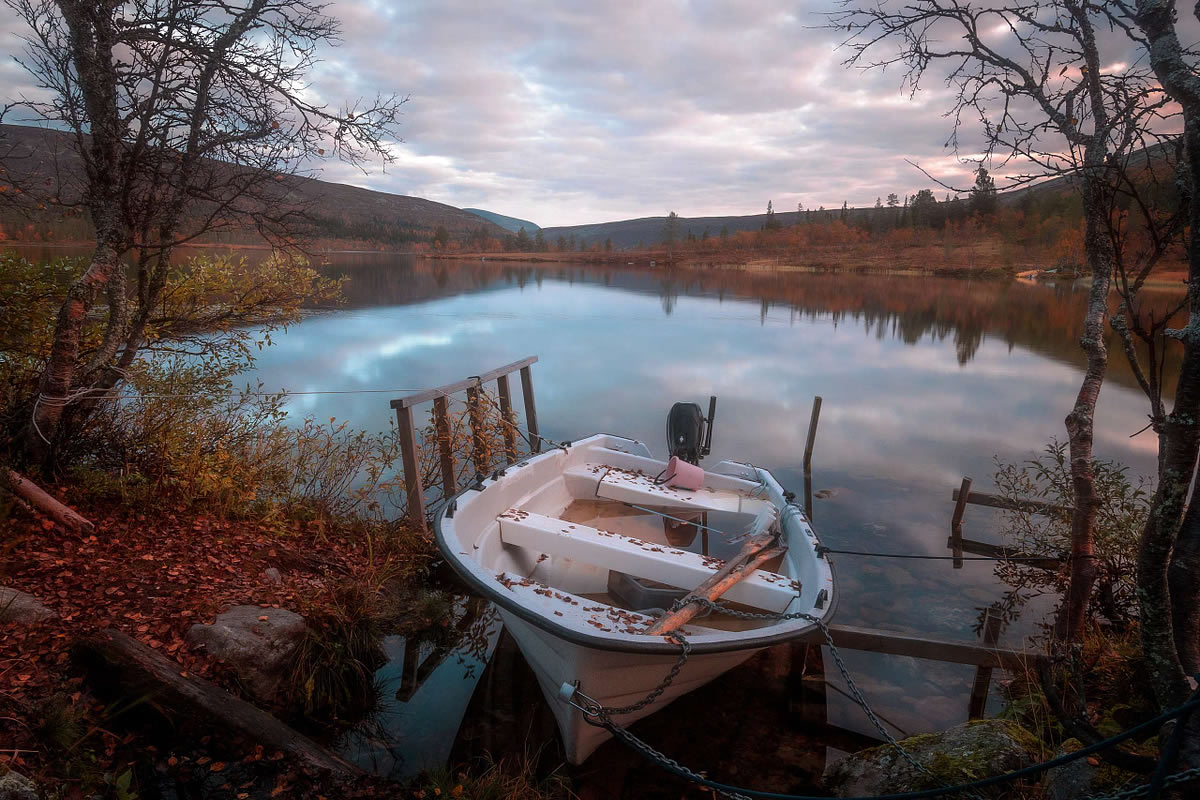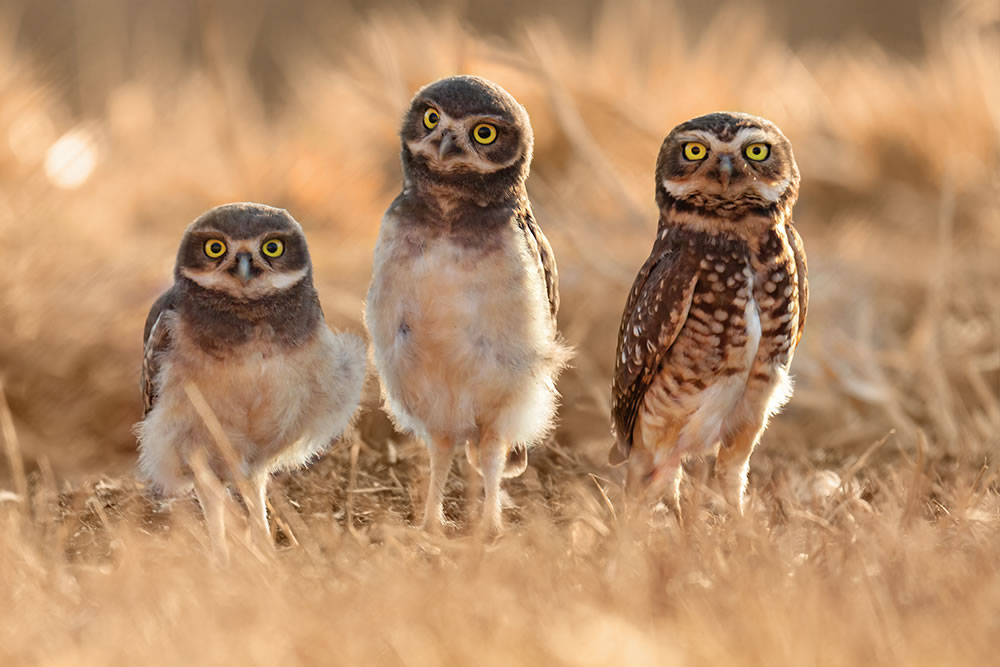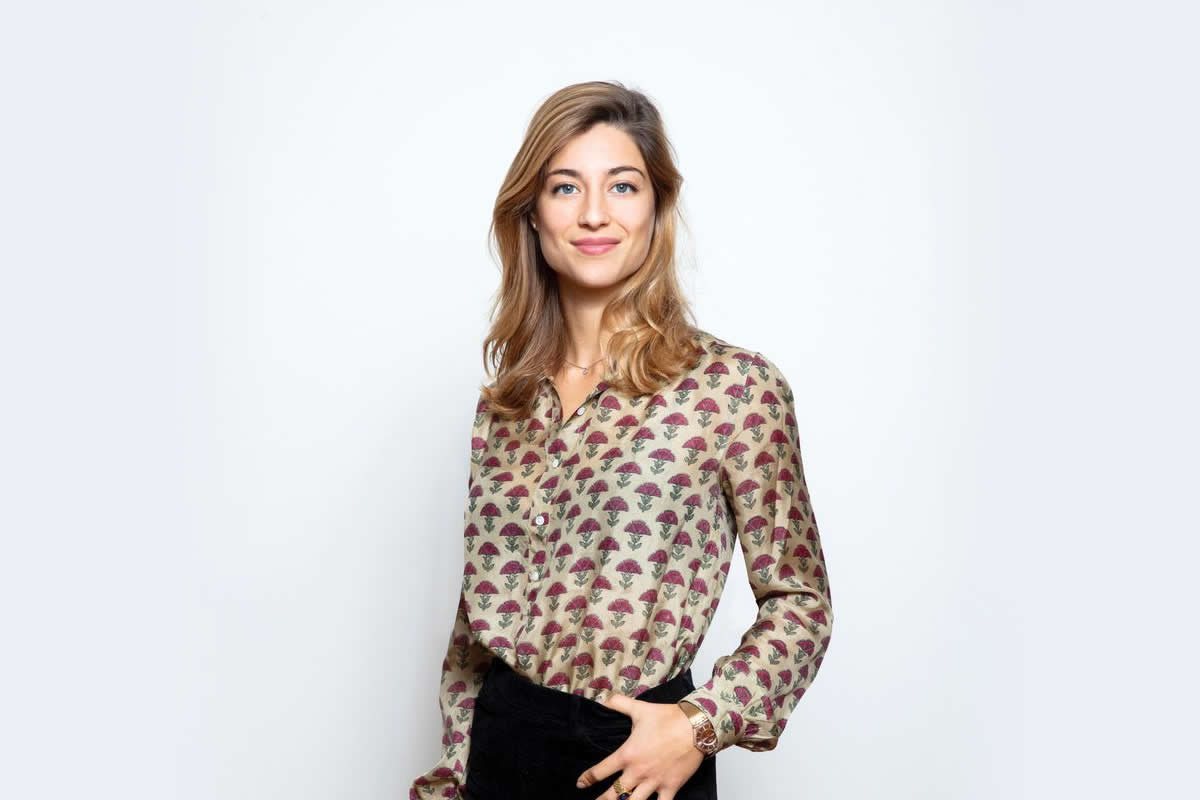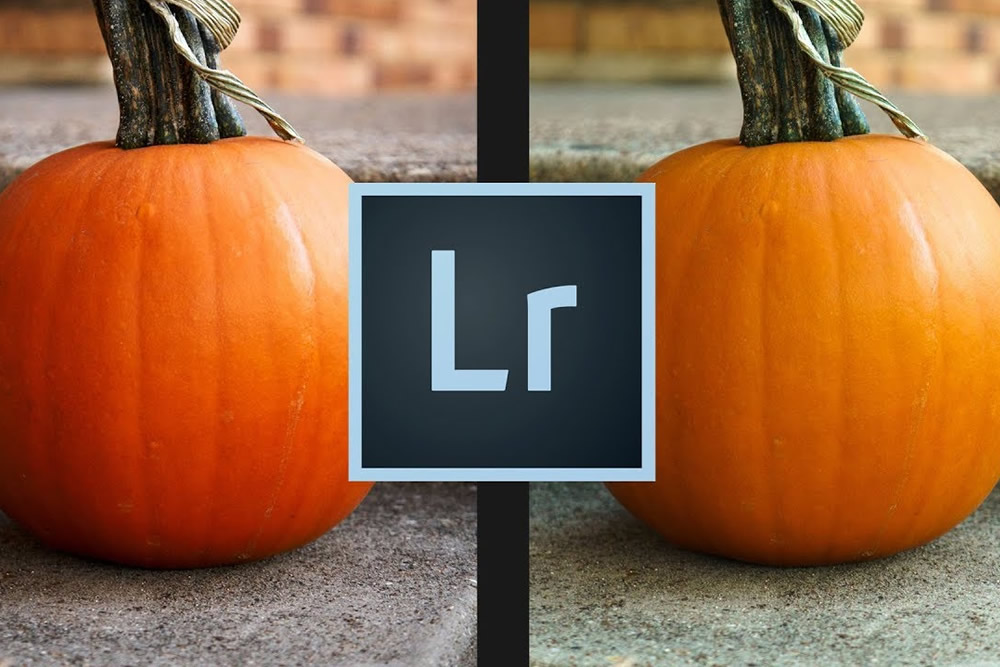Sharmistha Dutta is a Documentary Photographer from India. In her words “My photographs revolve around people and are a constant reflection of my passion and fascination for human nature and the way they live their lives.”
Thanks, Sharmistha, for accepting our invite. Please read on…
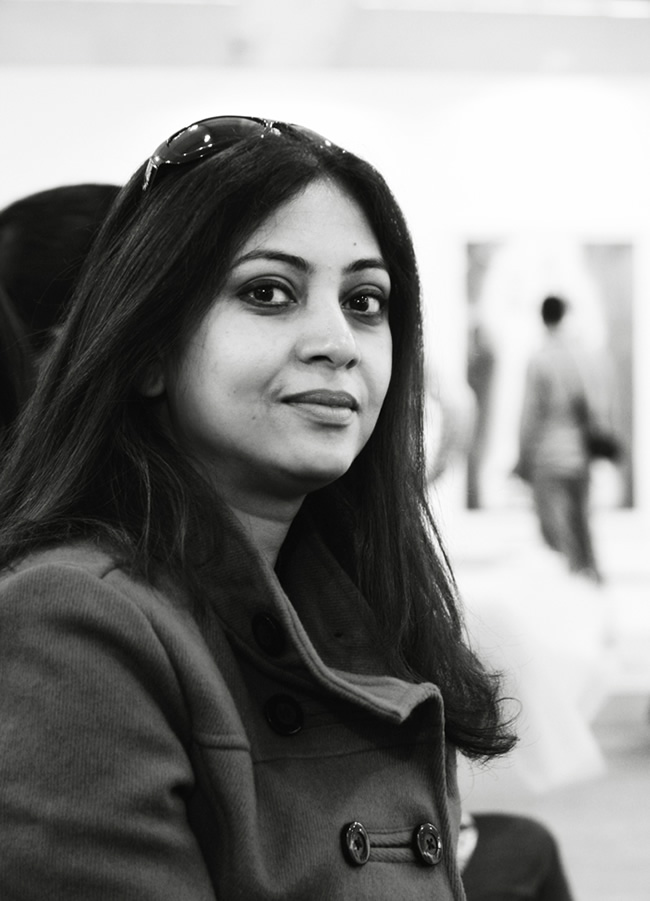
Could you please introduce yourself?
As far back as I can remember I was inclined heavily towards art. My earliest memory is of me sitting with a sketchbook with colours and brushes strewn all around, completely immersed in my painting, oblivious to the world around me. I was not really a bright student and Andy Warhol’s famous line ‘Art is what you can get away with’ has its own meaning in my life. Since I used to score heavily in Art, it used to balance my poor grades in other subjects, throughout my school days. I still remember the day the results for college admissions were announced. Had I not got through College of Art in Delhi, I would have had to waste one whole year, as I had not applied for admission anywhere else!!!
I graduated in Applied arts and thus began my career in advertising. The idea of advertising fascinated me and I spent a considerable number of years working for several big Ad agencies in Delhi. But somewhere down the line, my interest was waning and the inanity of what I was doing took a toll on me. I was looking for meaningful work, outside of selling soaps, fruit drinks and refrigerators.
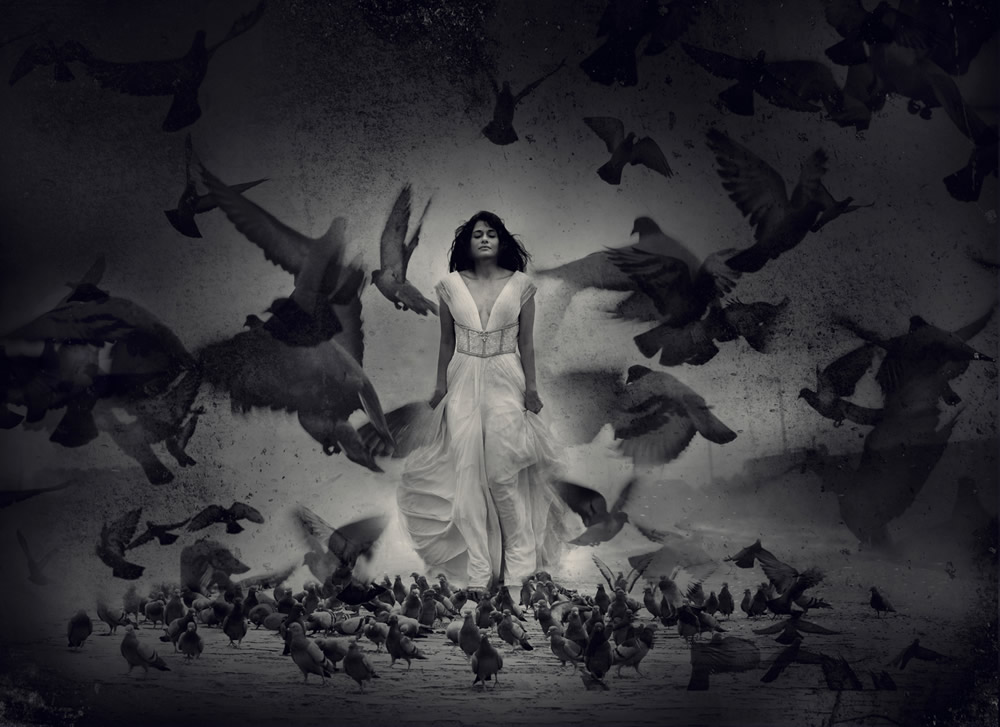
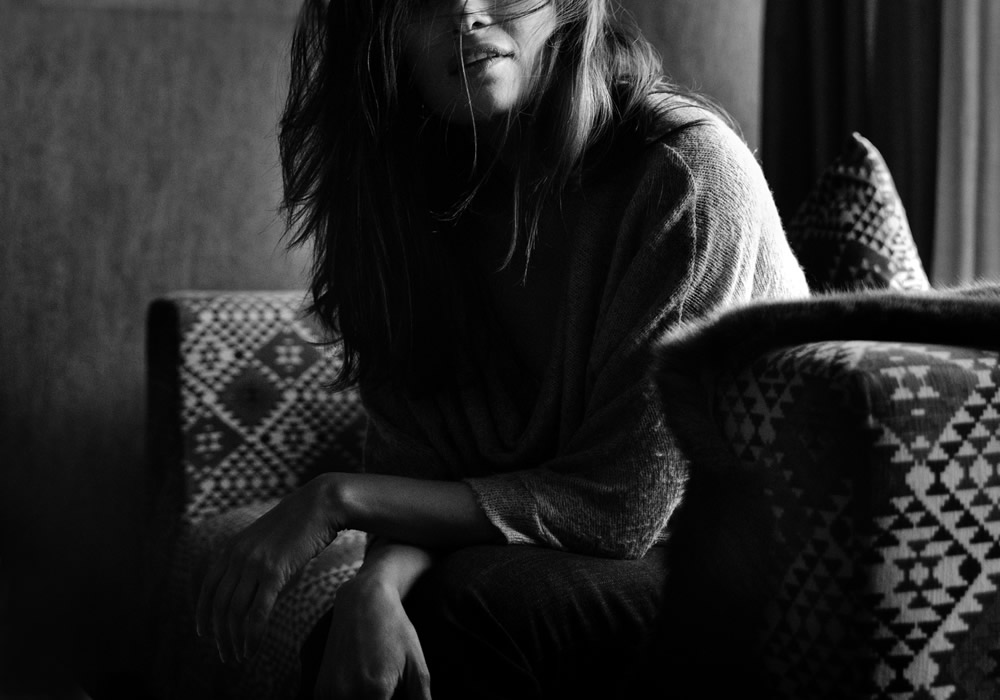
How did you get interested in people & travel photography?
In the midst of this, I happened to travel to Kashmir with my friends and it turned out to be the most life-transforming experience for me. I had my Canon DSLR with me and I remember being utterly mesmerized by the beauty of Dal lake. I just couldn’t stop taking pictures.
Up until then, all through school, college and my career in advertising, I had followed a process; of learning what was taught and delivering what was expected. But travel and photography was a lethal and heady combination. It made me unlearn everything and look at everything with a fresh perspective. There were no rules and you could turn the world on its head.
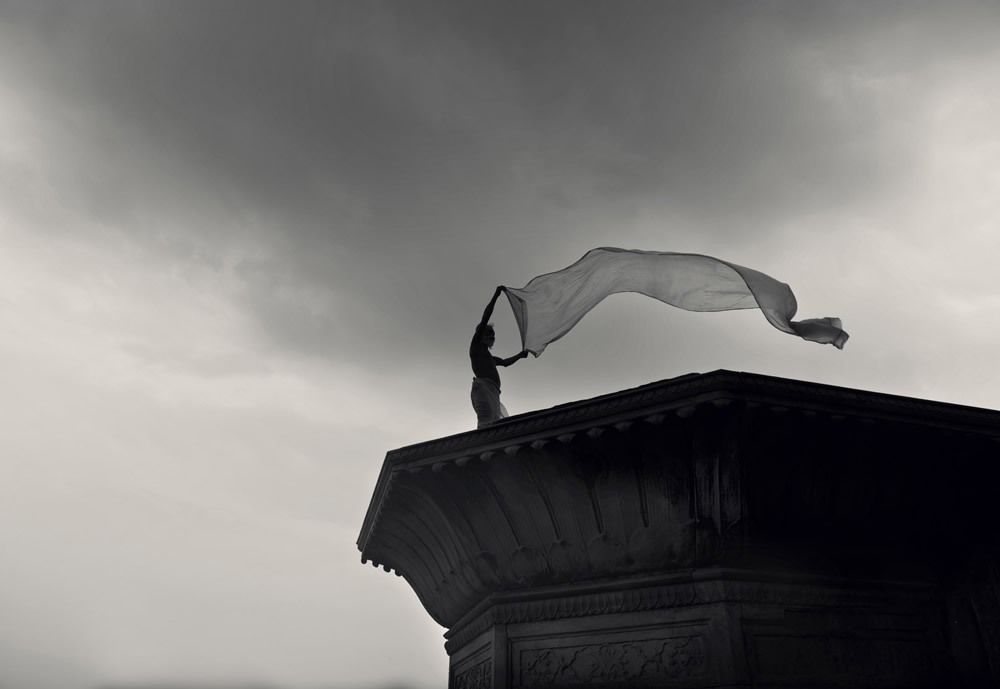
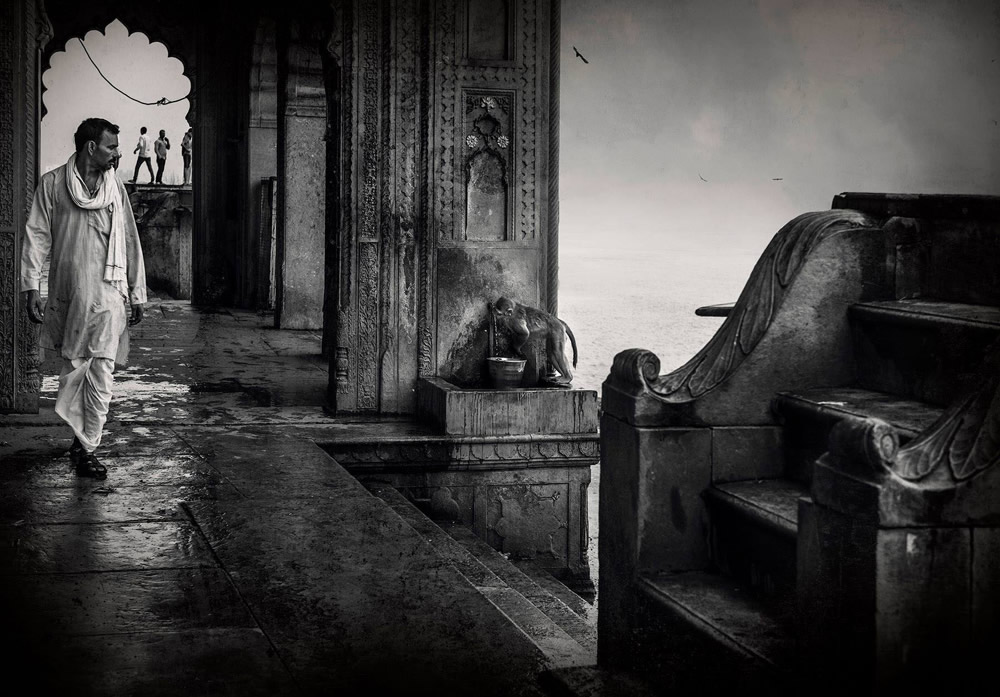
What difference does photography create in your life and few words about your photo story Durga?
Even though I studied advertising and later art and communication was my field of work, it was photography, which became the most crucial mode of communication for me.
The year 2012 was a time of deep turmoil in my career and personal life. And then Nirbhaya happened in Delhi. It shook up the entire country and questioned our faith in the equality of men and women. I remember being traumatized and would constantly wonder if there was any way I could address this issue through my work. This led to project Durga; a study on gender bias, violence, manipulation and extreme discrimination against women, specifically the widows in India. The work went on for four years and even though it started as a simple photo essay, Durga went on to become a thoroughly researched book. Initially, this was a completely self-funded project, but at a later stage, I had the support of Sulabh International Social Service Organisation and itsFounder-Director, Dr. BindeshwarPathak, who extended financial support and granted me access to many shelter homes in Vrindavan and Varanasi.
The project opened many doors for me in the world of photography and I can safely say that it changed the course of my life as well.
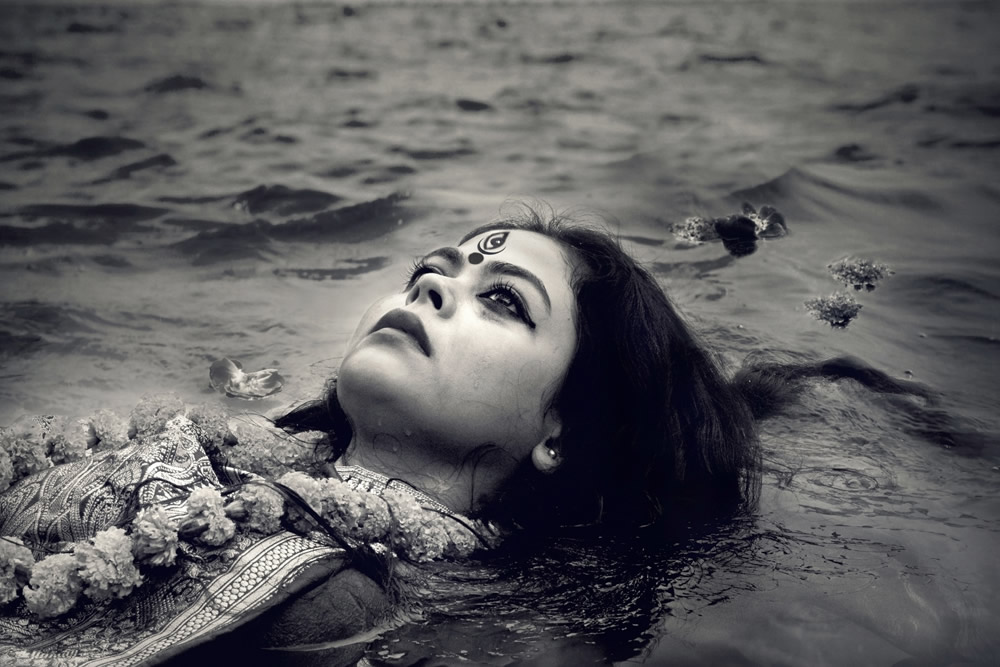
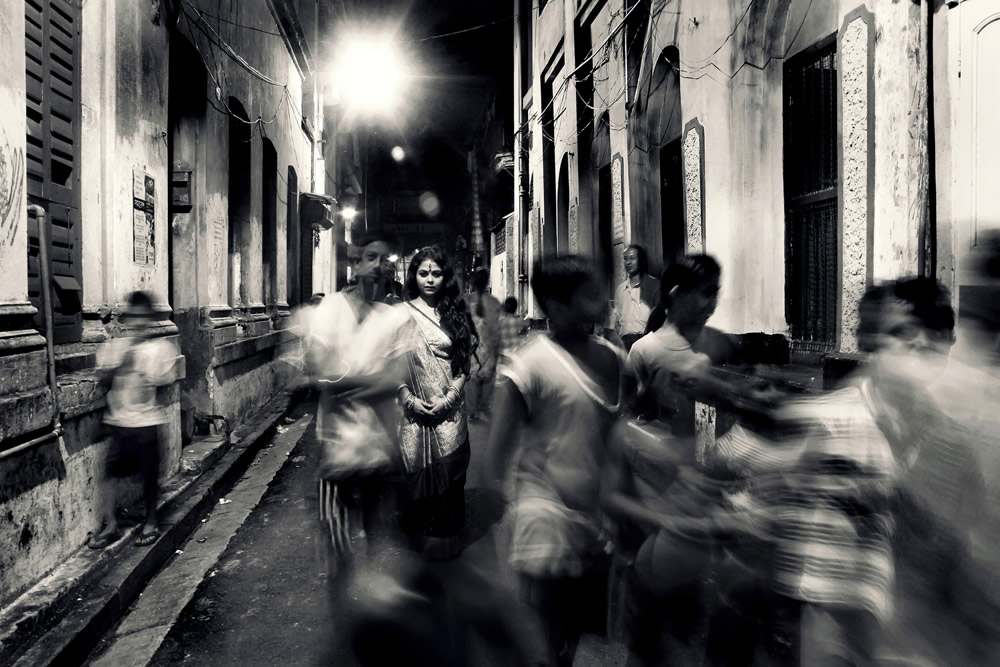
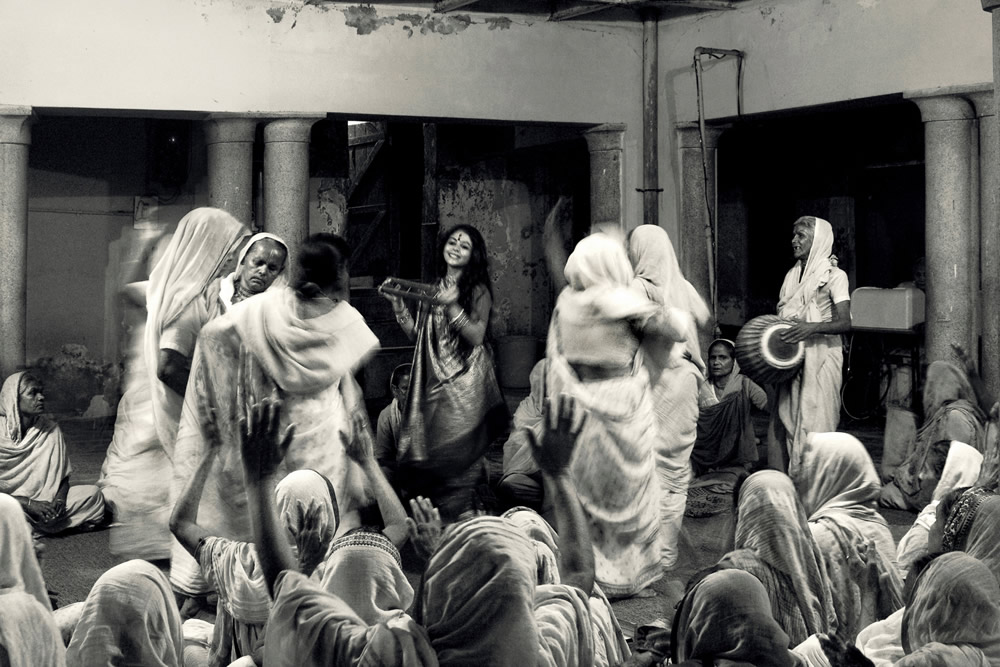
You have captured some amazing soulful portraits. What is the secret to capturing a great portrait?
I think there’s no big secret there, but there is something about seizing the moment. A good portrait would reveal the emotions you have tried to capture, the situation and the ambiance you have taken the photo in etc. It’s very important to be one with your subject, to make them feel comfortable and have as much compassion as it is possible being a storyteller.
Also, it’s great if you can become invisible :)
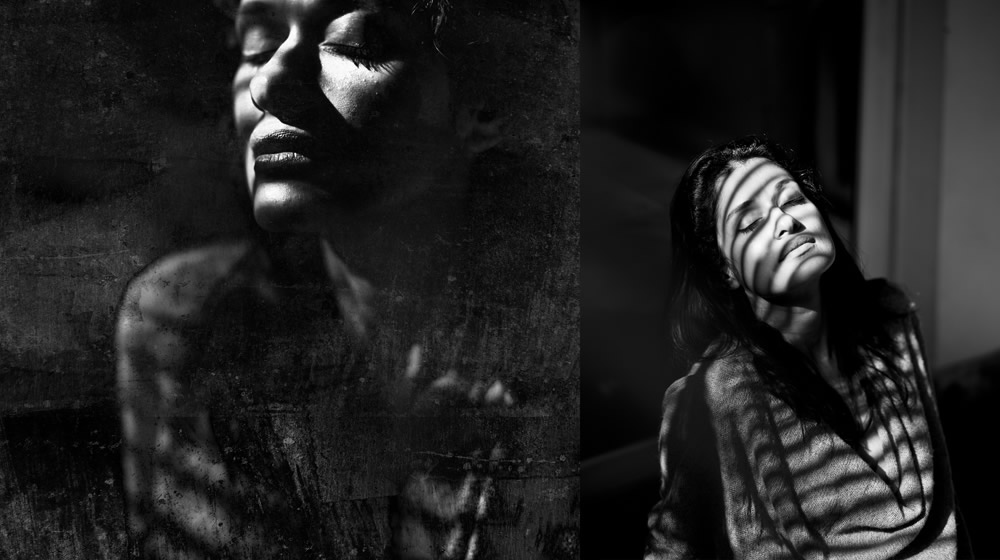
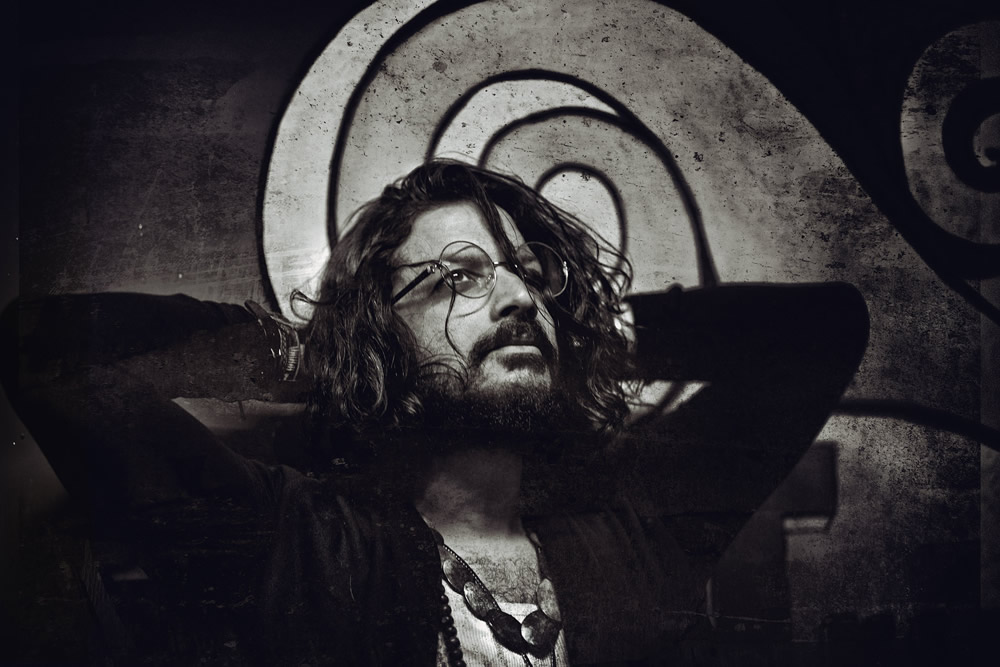
When you are out shooting—how much of it is instinctual versus planned?
This is a very pertinent question. Well even though I am a documentary photographer, many times I love to do conceptual and staged shoots. It all depends on the subject of the shoot, the idea being conveyed, the situation we are in and we have to decide on the spot as to which way to go. But at most times I have a clear-cut visual idea about how I want my shot and I try to achieve that as much as I can. For me, it’s more important to do justice to the subject and issue at hand rather than capturing things, which will not contribute to the story.
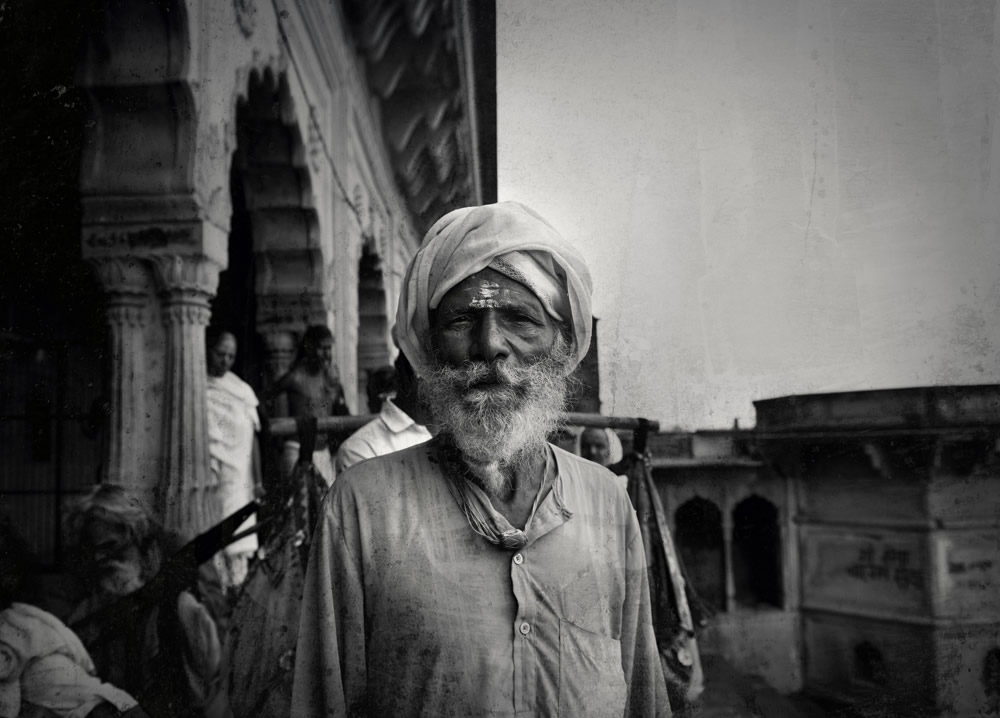
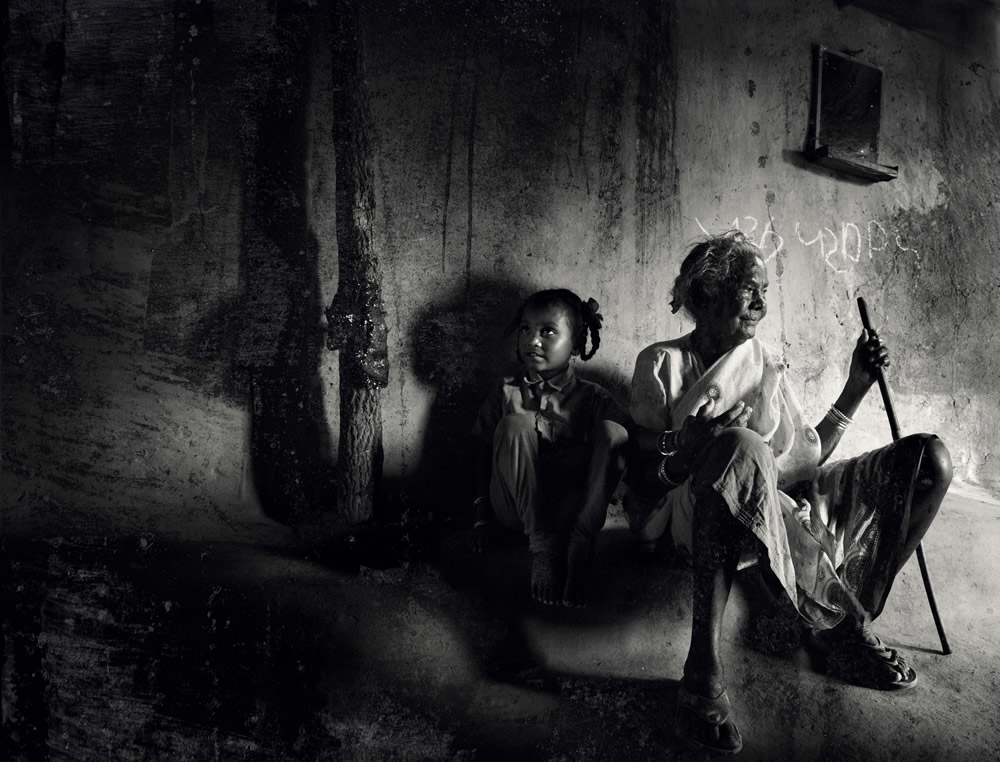
What are your thoughts on working on single images versus projects?
Always a project with a clear sense of communication. It’s very important for me as a photographer. I can’t take random pictures. It doesn’t work for me.
But that does not mean I don’t appreciate single images. They work beautifully too, but again if they fall under a series, they have more meaning and make a greater impact.
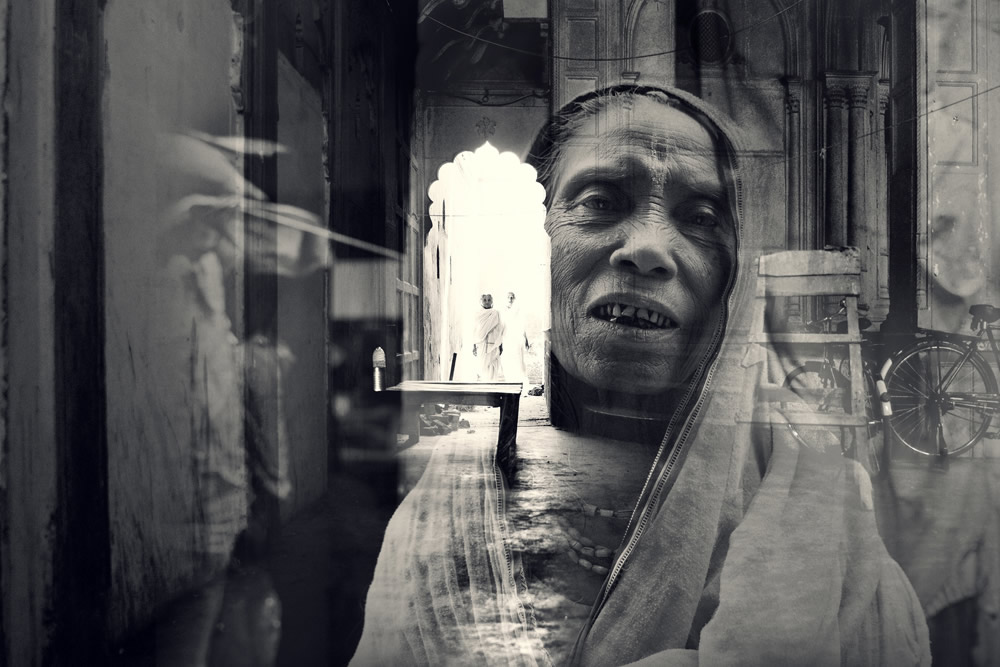
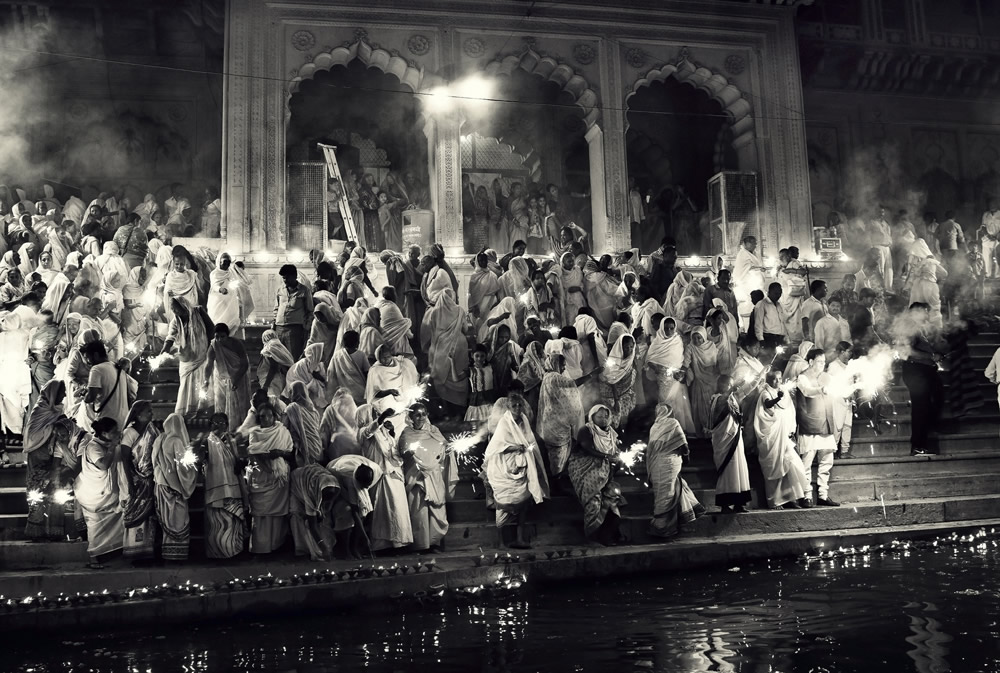
What is the best compliment you have received so far?
Someone once told me that my photographs bring dignity to the subjects, however humble or poor they might be. I have been told that one can look into the soul of a subject in my photographs and that they bring about a feeling of reverence and peace.
After seeing my photo exhibition on Durga, a viewer later messaged me saying the photos kept appearing in her dreams, especially the Visarjan of Durga.
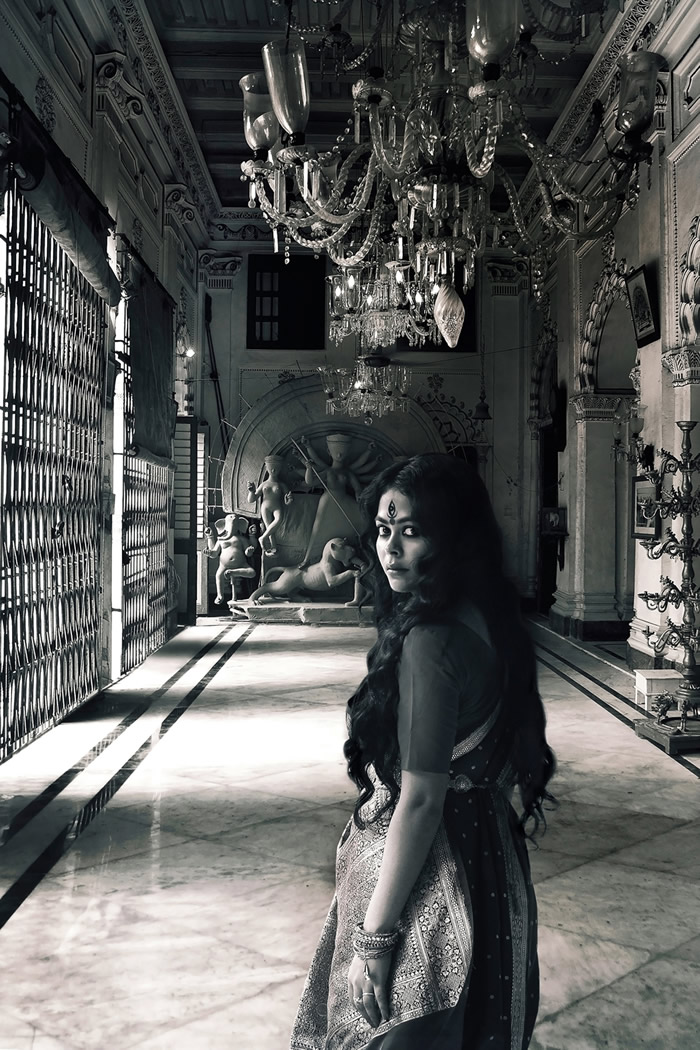
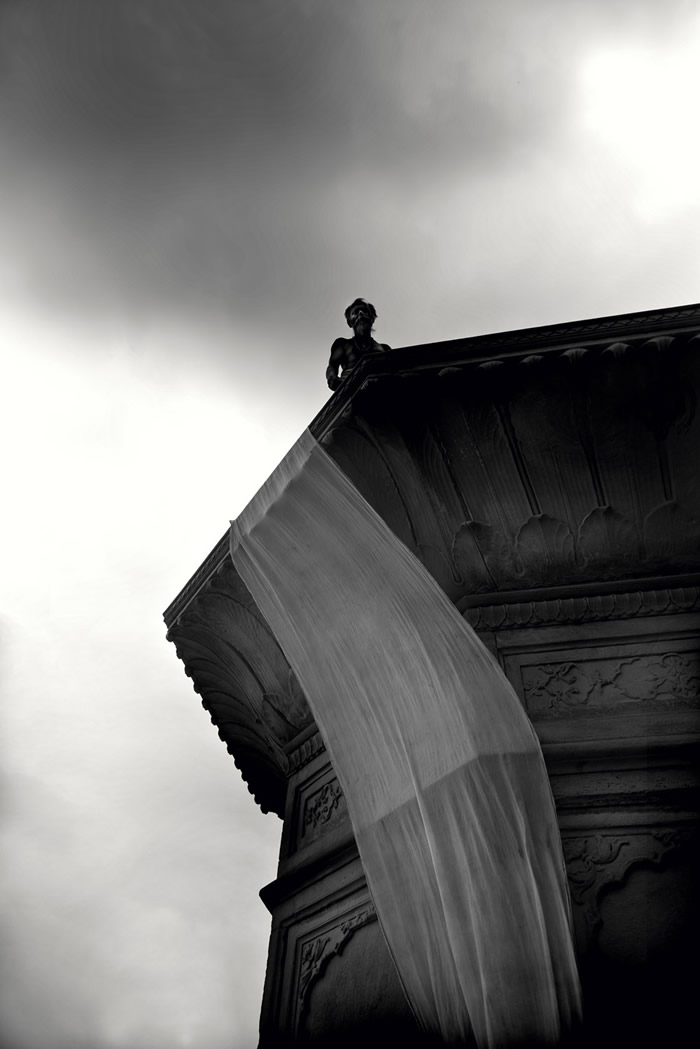
What all genres do you like working on?
I have photographed for many respectable organisations like UN WOMEN, GIZ, The Hunger Project and Care India. I have also shot for BBC Media Action and Bill Gates Foundation for Govt of India’s Swachh Bharat Abhiyaan. The work has now been compiled into a book.
My photographs revolve around people and are a constant reflection of my passion and fascination for human nature and the way they live their lives. I love to dabble in portrait photography and have shot for many Fashion designers, Product designers, Sculptors, Theatre Artists, and Actors.
My work has been exhibited at many photo festivals. And has been published in several National newspapers, magazines and online media, including Vogue, The Hindu, Times of India, Indian Express, Hindustan Times, Huffington Post, Deccan Herald, DW, and Homegrown.
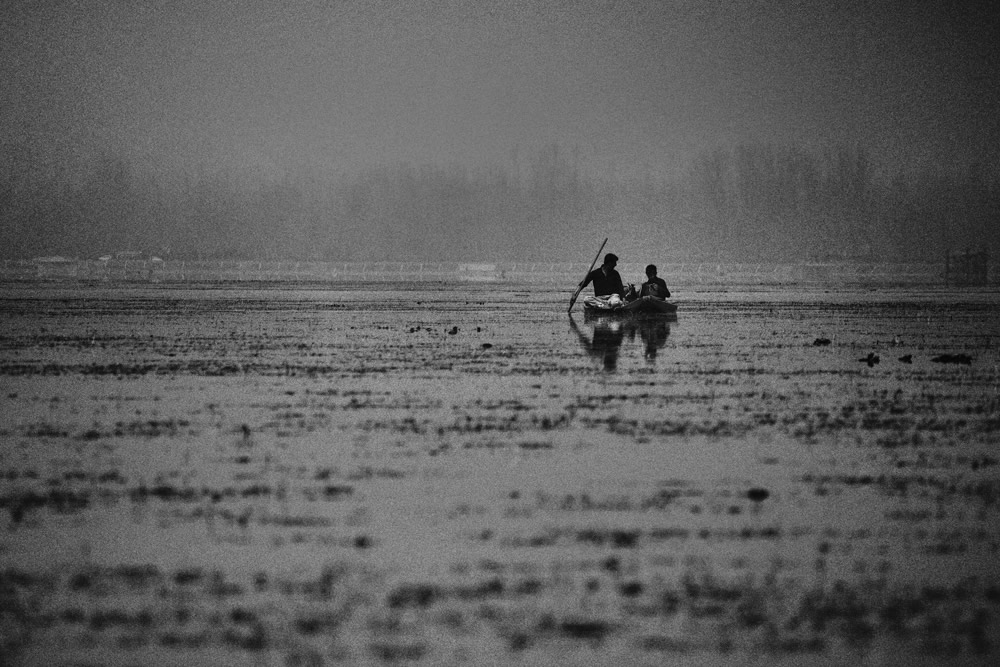
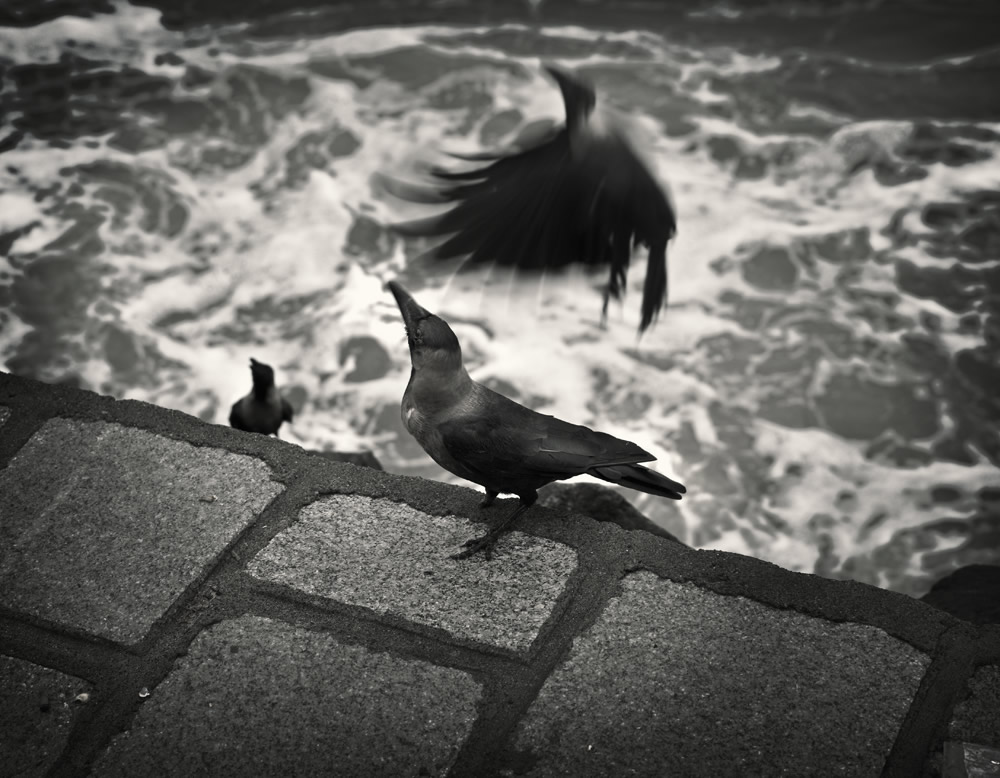
Which photographers have inspired you?
There are so many. Sebastião Salgado’s work and life is hugely inspiring for me. Stephanie Sinclair’s work on sensitive gender and human rights issues such as child marriage and self-immolation had a deep impact on me. I can say that her work has really influenced my thoughts and the genre of work I do.
I follow Peter Lindbergh and Daidō Moriyama’s work too Closer home, Prabuddha Dasgupta’s work on fashion and his body of work ‘Edge of Faith’left me wanting for more.
Mahesh Bhat’s Unsung is extremely inspiring, in terms of the stories, the subjects and the sheer resilience they embody. Dinesh Khanna’s huge and enriching gamut of work from Advertising and travel genre pushes us to work harder every day.
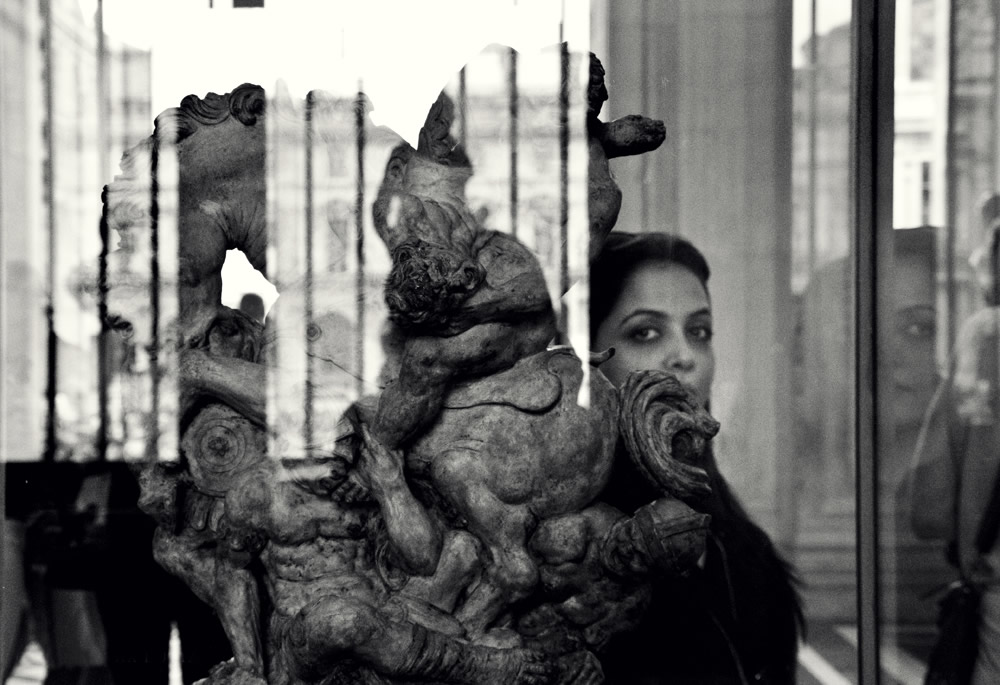
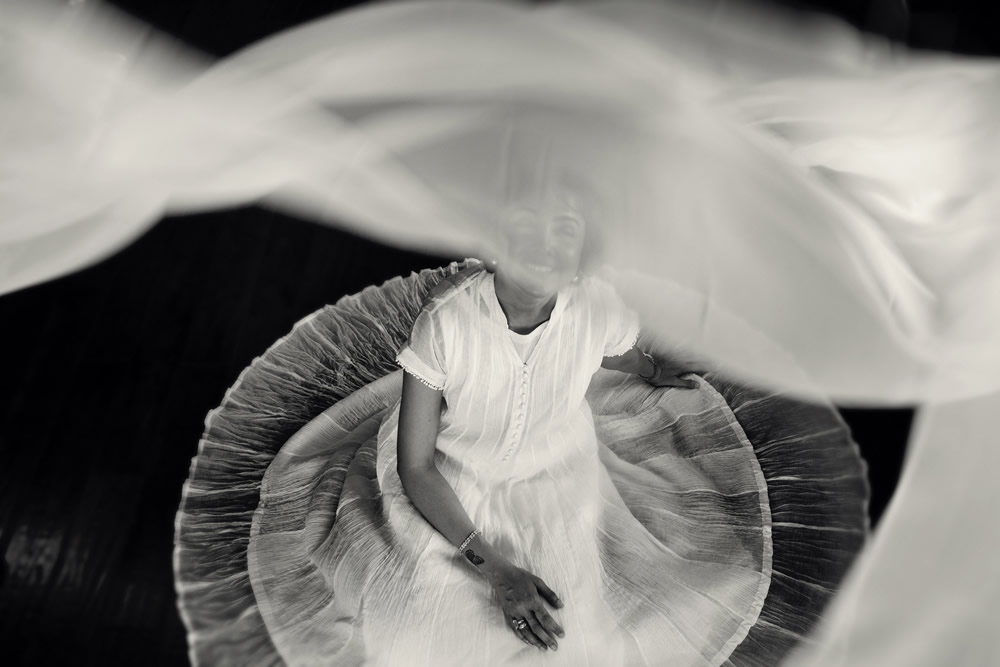
Apart from photography, tell me about your hobbies and interests?
Films. I loved watching Martin Scorsese’s and Goodfellas; Steven Spielberg’s Schindler’s List, Munich and Catch me if you can. Satyajit ray’s films Kanchenjunga, Pather Panchali and his books and illustrations are very inspiring. Majid Majidi’s Children of heaven and Baran are fabulous in their simplicity. As photographers, we must watch as many films as we can.
I love watching Vishal Bharadwaj’s and Anurag Kashyap’s films too.
I am a sucker for music, the old soulful types. I can’t keep away from comedies for too long.
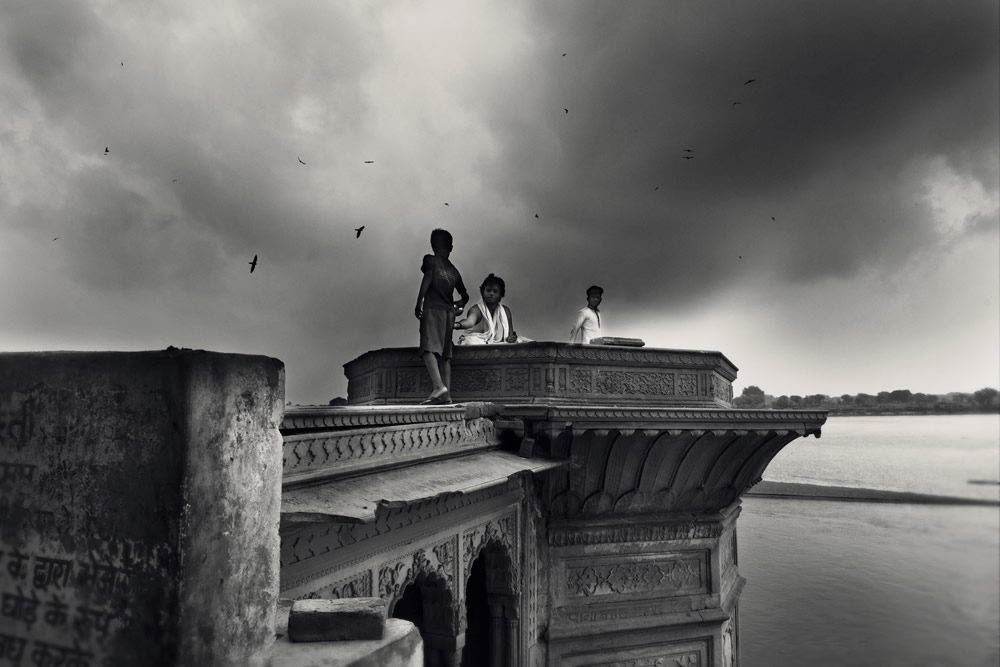
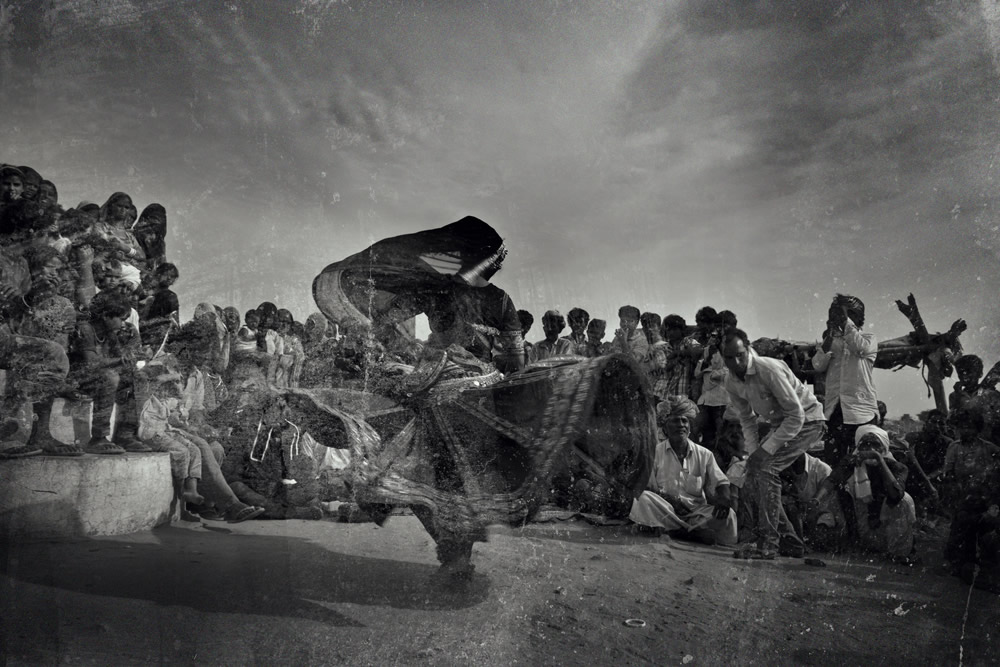
What is Love?
Everything to an artist. To empathise. To be brave. To be honest. To live.
Love is my cat napping on my lap. Love is packing my bag and rushing out for a journey. Love is the adrenaline running through your vein when you are on a long winding road going up to the hills. Love is the sea opening up in front of you suddenly, through a narrow maze of lanes. Love is your eyes getting locked with a complete stranger and just for that brief moment knowing what’s going on in his or her mind. Love is sharing a warm meal. Love is the joy on a child’s face when you gift them something.
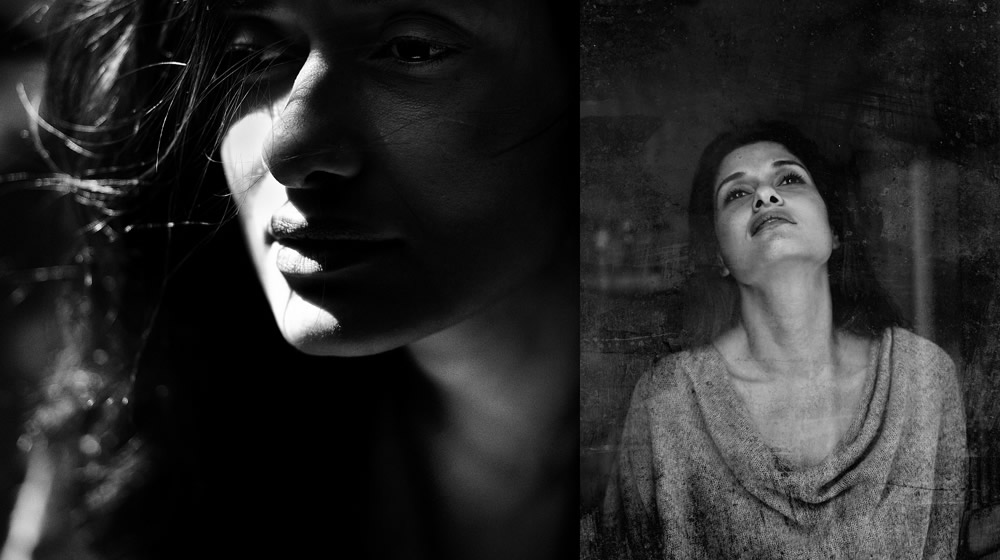
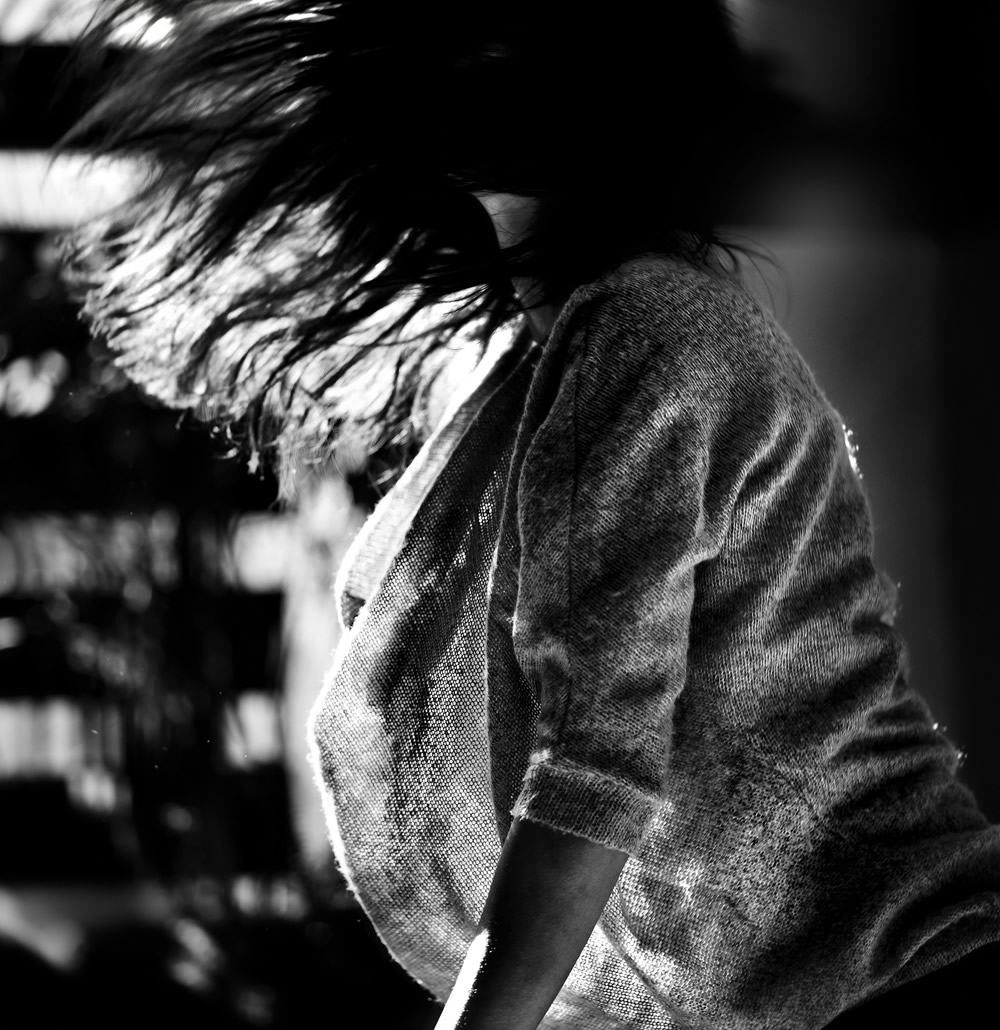
You can find Sharmistha Dutta on the Web :
Copyrights:
All the pictures in this post are copyrighted Sharmistha Dutta. Their reproduction, even in part, is forbidden without the explicit approval of the rightful owners.

